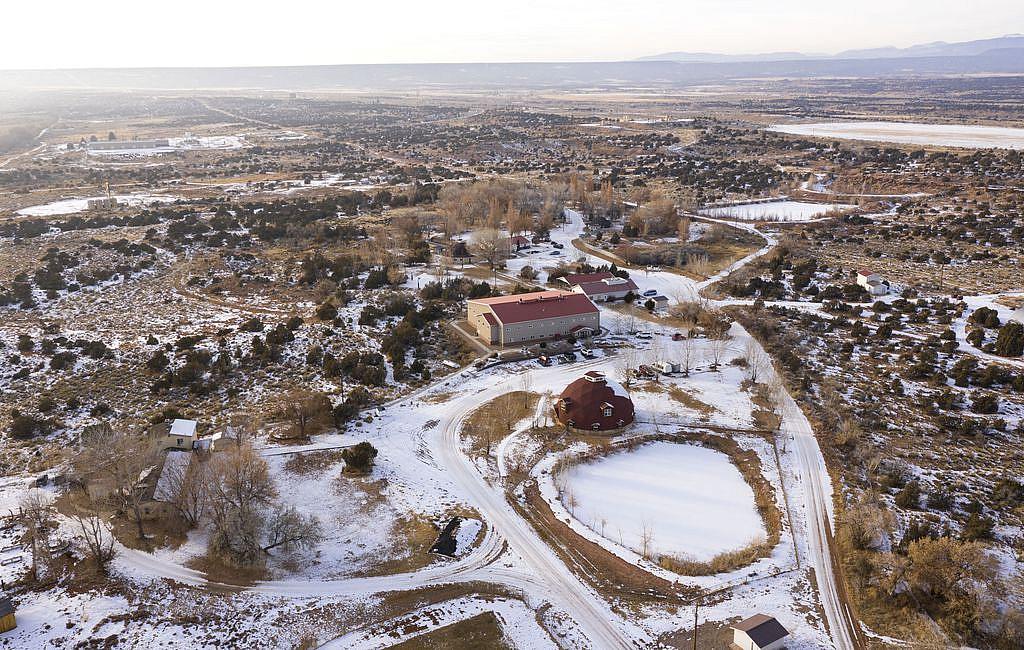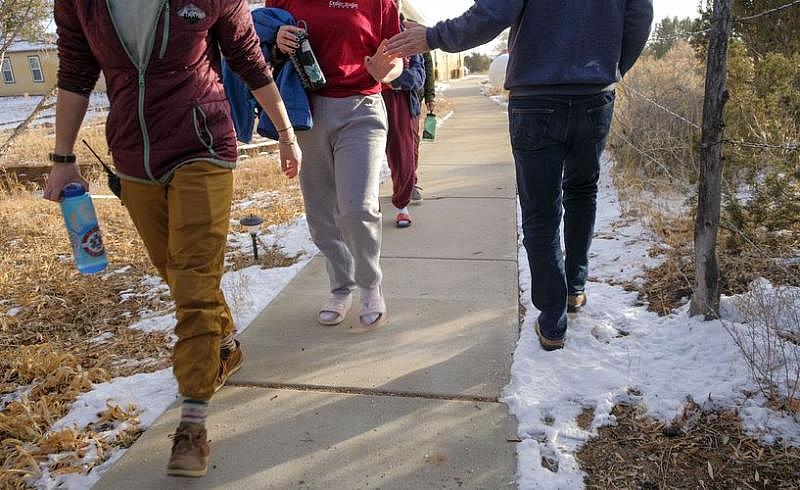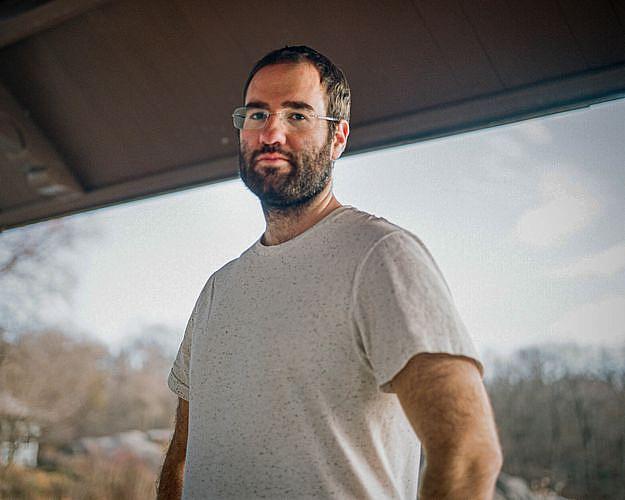Part 4: Former students at Utah troubled-teen centers say their reports of sex abuse were ignored
This story was produced as part of a larger project by Jessica Miller, a participant in the 2019 Data Fellowship. It focuses on the troubled rehabilitation industry in Utah, where youth residential treatment centers are abundant but lack adequate oversight.
Also in this series:
Paris Hilton says she was abused while at Utah facility for ‘troubled teens’
Part 2: Provo Canyon School’s history of abuse accusations spans decades, far beyond Paris Hilton
Paris Hilton creates petition to shut down Provo Canyon School
Paris Hilton leads rally against Provo Canyon School
Why we raised money to get reports on Utah’s ‘troubled teen’ treatment centers
Part 3: Utah faces criticism for its light oversight of ‘troubled teen’ treatment centers
Utah inspectors find no problems in ‘troubled-teen’ facilities 98% of the time
Increased oversight is coming to Utah’s ‘troubled-teen’ industry
A girl, her hands zip tied, was forced to sit in a horse trough at a Utah ‘troubled-teen’ center
Utah officials want your help as they draft new rules for the ‘troubled-teen’ industry

The Salt Lake Tribune) Cedar Ridge Academy has a new owner as of February and a new name as the Makana Leadership Academy, Dec. 16, 2020. Cedar Ridge had a history of reports of sexual abuse.
(Leah Hogsten)
Sex abuse in ‘troubled-teen’ facilities

(Leah Hogsten | The Salt Lake Tribune) Cedar Ridge Academy has a new owner and a new name as the Makana Leadership Academy, Dec. 16, 2020. Cedar Ridge's dilapidated geodesic domes are mostly uninhabitable throughout 109-acre campus, including the large dome pictured that was originally built as a karate dojo and was later used as a barn. Makana Leadership Academy only uses one dome structure for sound meditation group therapy.
(Leah Hogsten | The Salt Lake Tribune) Makana Leadership Academy's Executive Director Jacob Pope, right, greets a few of the ten academy residents as they change classes at the treatment center, Dec. 16, 2020.

(Christopher Cherrington | The Salt Lake Tribune)

(Laila Stevens |Special to The Tribune) Aaron Ross, 33, poses for a portrait in New York City's Central Park. Ross says he was sexually abused by a staff member while at Provo Canyon School in the early 2000s.

